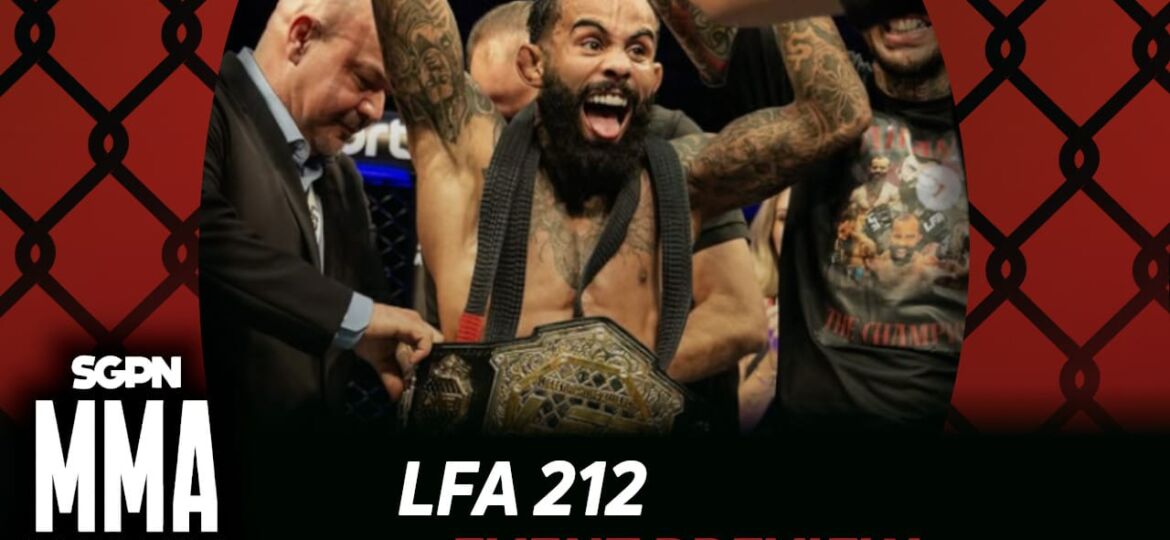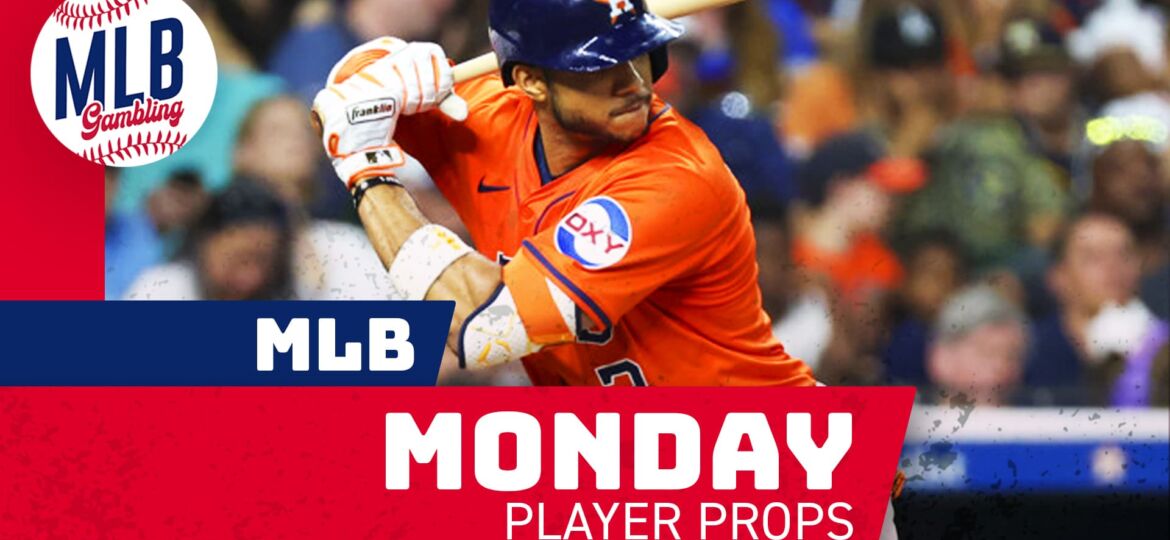Welcome to another edition of The Social Media Player Profile. This week we’re going to detail another prominent figure within social media, The White Whale (@Whale_Capper). The White Whale is another free handicapper who comes from a model-style background of handicapping. The White Whale is also famously well known within the social media scene for his wonderful graphics and has done graphics for many handicappers profiles.
In addition to being a totally free model driven handicapper, White Whale has his own podcast, titled The Deep Dive. Which is a comprehensive model driven podcast with his co host, Andy. These weekly podcasts are a next level look into all things NFL and has some of the sharpest insights within the social media community. He is also a top writer on Medium and a Sports Gambling Podcast contributing writer. So, Without further ado, let’s dive in.
1. One of the things that always fascinates me regarding model based handicappers is the ability of them to constantly trust their numbers even when sometimes their eyes will tell them something different. Firstly, without telling us exactly how the sauce is made, can you explain what being model driven entails and a little about your process, and secondly, what drove you to take a model based approach?
I originally got into using numerical models because when I was betting with no system or structure I was making wild gut feel picks, chasing loses and struggling to find consistency. I found that having some sort of projected score or winning percentage (regardless if it came from a complex algorithm or just a power rating system) gave me a starting point for evaluating the market and finding my spots, and without it I was shooting in the dark.
My perspective is a little different than someone who is ride or die with their numbers, I don’t usually bet the baseline model outcomes blindly, I make a lot of information-based adjustments to the baseline projection that give me more of a hybrid approach between analytics and situational angles. My philosophy is that if you project a score correctly, it was a combination of having a good baseline model and you made the appropriate situational adjustments.
For example in the NFL if both Team A and Team B play to their average expectation my model may project a 23-21 win for Team A, but then I turn the knobs to account for Team A is coming off extra rest, Team B is missing a key player in their pass rush and Team B is playing their second road game in a row and the model will update to project 27-20 which would give me an edge to lay 3 points on Team A. Heading into the NFL season opener, if you expected the Chiefs to perform at their 95th percentile and the Patriots to perform at their 16th, you could have correctly projected that score using the metrics available for those teams in the preseason (of course not many people expected that, but that’s another story).
2. Piggy backing on that, What do you do if your model tells you one thing, but your eyes or heart tell you another?
What’s interesting is that even more than finding winners, this approach steers me away from bad gut calls. If I have a gut feeling on a side or total and I can’t find an edge no matter how I apply reasonable adjustments then I stay away. That more than anything has led to successful use of a model.
When you want to back a side but do the math and it turns out you need an A+, perfect performance from that team to get a few points edge over the line then it’s better not to put yourself in a situation where you are counting on everything going in your favor. They may end up playing the perfect game, getting turnover breaks, having a penalty advantage and you kick yourself for not backing them (I have a handful of these every season) but you are better off in the long term passing on those kind of spots.
3. You’ve become somewhat famous for your graphics as well as gifs within twitter. While most handicappers simply post their card on a tweet, what made you come up with the concept for having such fun graphics for each event post?
It started as a way to differentiate myself because it felt like everyone was doing a similar thing but the more I got into it I really enjoyed the graphic design aspects of making headers and betting cards and it added to my enjoyment of the twitter experience.
For tennis it was super fun to immerse in the idea of being on tour with the pros traveling to cool destinations around the world and using the card/header as a nod to “hey, this week we’re in Rio”… “now I’m in Dubai”. I can also tell the folks who follow me get a kick out of it so I keep doing it. Of course you also get more engagements on a post with a picture or a gif that you do with a screenshot of an excel chart or simple text.
4. You started on twitter, but you have branched out into other platforms including podcasting and Medium as well. Which platform do you enjoy the most and what do you think the temperature of each platform currently is?
Twitter by far is my favorite platform and ground zero for everything related to handicapping in my world. I started using Medium as a blogging platform during the tennis season as a means of informing my audience on the Grand Slam tennis events, fill them in on what happened and construct a narrative so that people would enjoy the French Open even if they hadn’t been following Monte Carlo, Madrid, Rome or the other smaller clay tournaments.
What I really liked about blogging was writing out a narrative forced me to think hard about the handicapping angles which sharpened my perspective on the event and lead to better results. Podcasting is new for me and it’s serving a similar purpose, when I have to talk through why I ended up on certain sides and totals in the NFL it’s forcing me to sharpen my viewpoint and make better plays.
I’m of the mind that Twitter will remain king in the gambling space for a long time. The community and information sharing aspects help people become better players and the in-game conversation is a lot of times as much fun if not more fun than the game itself. The blogging and podcasting space is getting a little over-saturated but it’s the most effective way to monetize your content in the long run and I love that pretty much anyone with a voice can self-publish; we’ve eliminated the gate-keepers of the sports media space which is cool. The best content finds its audience and rises to the top because the internet is egalitarian; if you are are creating boring or lousy content people will move on to the next interesting thing.
5. During our last social media series, we talked with @VegasRefund regarding people using alias’ instead of their “real” identity. Obviously you have created another “brand” in using White Whale. What do you think are the pros and cons of building a brand instead of using your real name, and where did the White Whale concept come from?
People may not know this but I am a recreational bettor and everything I do relating to the White Whale twitter account is a hobby for me. I’m clearly passionate about sports betting but I have a professional career evaluating earthquakes and seismic hazard as my day job and my initial decision to operate an anonymous handle was to avoid cross-over with my professional life.
I suspect a lot of other folks who operate anonymously on here are in a similar situation and as long as it’s your hobby it makes perfect sense. I think if you goal is to connect with people as a paid professional then your success is predicated on being up-front about who you are; it’s hard enough to see past the scams and frauds as it is, when you are anonymous it’s that much more difficult to build trust with your paying audience.
The White Whale handle was based on a nickname I had as a college swimmer but it fit perfectly in the world of gambling and I love the literary nod.
6. As a picks provider, especially a free one, you open yourself up to tons of, lets just call them trolls. How do you deal with them?
The amount of good people I have gotten to know and importing things I have learned from folks in our community so far outweighs the trolls that it doesn’t bother me in the slightest. Plus being free and honest makes it easy to ignore the noise. Every once in a while I get fired up and fight back but it’s immediately obvious that their goal is to get a reaction and if you don’t acknowledge it then they aren’t getting what they want and you win.
7. Do you have any goals as to where you want to take White Whale as a brand in the future, and what do you feel is the current temperature of social media regarding handicappers?
The exposure and following I’ve gained through Twitter is way more than I considered possible when I started doing this and at some point if the right opportunity comes along I may cross over into the entertainment space but for now with the veil of illegality around gambling on sports it doesn’t make sense to walk away from my career. I think I will always find this fun and interesting, and as long as I feel like I am learning and helping people I’m going to keep doing exactly what I’m doing. I’ll probably try video next and see if I have the chops for it because I feel like that’s probably the next key thing that will interest people in our world.
In my opinion social media and live sports are a perfect union and as long as people are watching and betting on sports there will be a growing audience for us in the handicapping space. It feels like transparency and honesty are also trending in the right direction which is huge so I am very positive about the potential growth in our community.
The White Whale has a podcast titled The Deep Dive which can be found here. He also posts on Medium which can be found here.






















